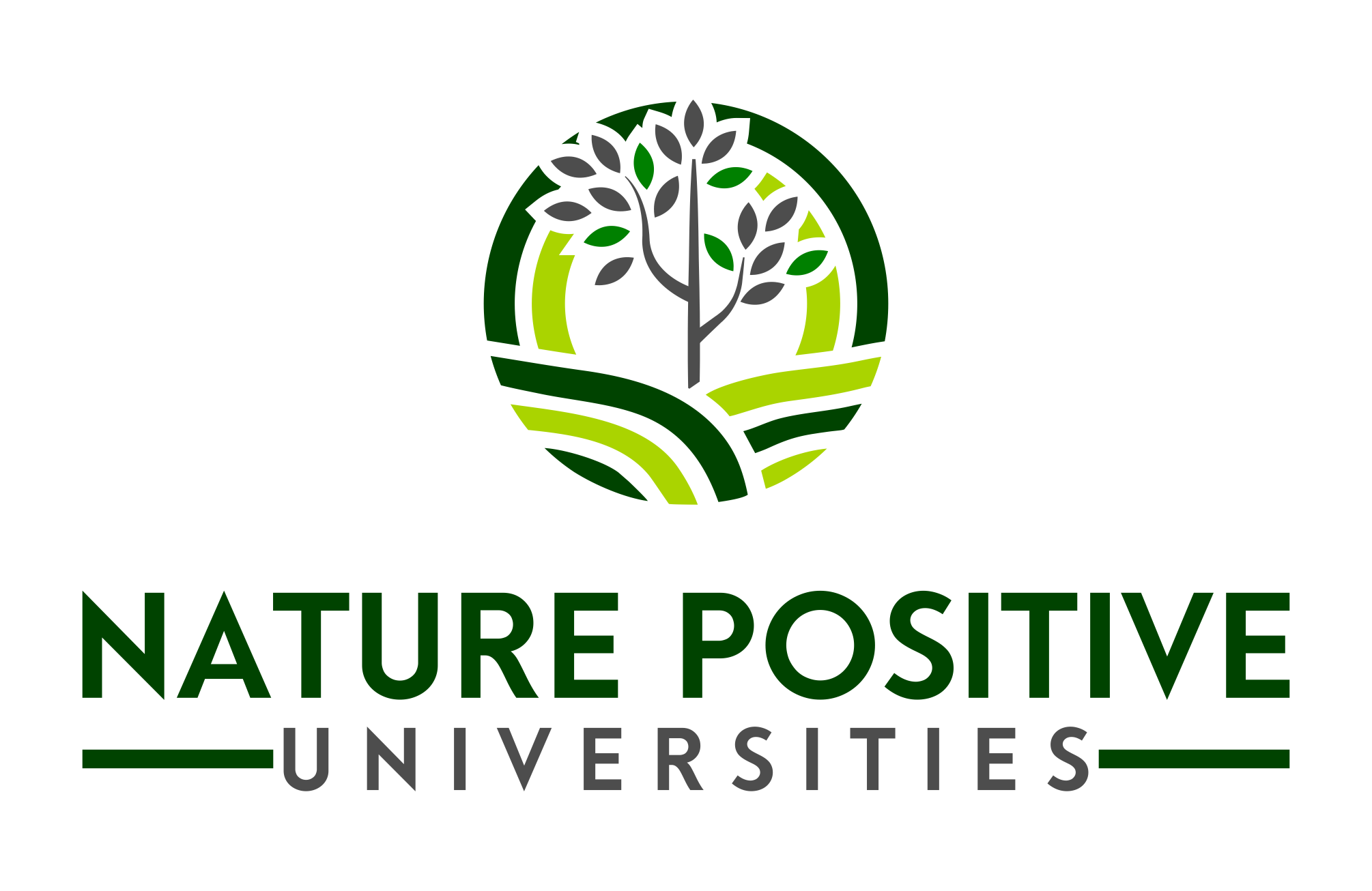
Today at the UN Biodiversity Conference (COP15), the University of Oxford and UN Environment Programme (UNEP) announced the launch of the Nature Positive Universities Alliance – an alliance of 111 universities globally who have made an official pledge to work towards a global Nature Positive goal in order to halt, prevent and reverse nature loss through addressing their own impacts and restoring ecosystems harmed by their activities.
In August 2022, the University of Tasmania made the official pledge to commit to a Nature Positive journey, as part of the UN Decade on Ecosystem Restoration.
Being a Nature Positive University means committing to restoring species and ecosystems that have been harmed by the impacts of a university and its activities and enhancing the university’s positive impacts on nature.
The University of Tasmania has been on a nature positive journey for some time, having already completed a species assessment of all our campuses, including identifying those that are of concern, threatened or endangered. We also have assessed weeds and natural values.
The University’s most recent assessment occurred in early 2019. This included natural values of conservation concern and the main threats. The assessment included flora, fauna, and plant communities that are threatened in Tasmania, as well as invasive species, and the location of protected areas. Previous assessments have mapped the risk of sea level rise at University properties and within 500m of the property boundaries.
Through the pledge, universities are committing to:
- carry out baselines assessments;
- set specific, time-limited and measurable targets for nature;
- take bold action to reduce biodiversity impacts, protect and restore species and ecosystems, while influencing others to do the same;
- transparent annual reporting.
Our pledge recognises actions we’ve already taken and how we will build on these, including:
- Protection and enhancement of the natural environment is a key element for the University Reserve’s fire management plan (Sandy Bay campus). The plan includes suppression of weeds and encouraging endemic flora and fauna communities.
- Significant multi-year efforts delivering protection and improvement of Newnham Creek (Newnham campus)
- Feral animal and weed control, as well as protection of penguin nesting habitat, at West Park campus.
- Installation of the largest green roof in Tasmania on the new building at West Park campus, using plants with local provenance (seed collected and grown locally before planting on the roof).
- Conducting Bioblitzes on our campuses (events that focus on finding and identifying as many species as possible in a specific area over a set period of time or a biological census)
- Inclusion of natural areas into the campus sustainability trails, with explanatory signage for local threatened species found in the area.
- Establishment of the Tasmanian University and Community Landcare society
- Inclusion of natural environment-focused projects in the International Green Gown Award-winning Sustainability Integration Program for Students (SIPS).
- These actions are tracked through our participation in the Sustainability Tracking, Assessment & Rating Systems (STARS), which includes specific credits for biodiversity and landscape management.
“Using STARS as a guide, we seek to ensure our grounds are managed using Integrated Pest Management (IPM) or organic approaches” said the University’s Chief Sustainability Officer Corey Peterson.
“We are currently developing our new Natural Environment Action Plan that will include more specific targets in line with our Nature Positive University pledge.”
The Nature Positive Universities Alliance brings higher education institutions together to use their unique power and influence as drivers of positive change. Universities already carry out environmental and conservation research to help inform government and industry action, but by publicly tackling their own supply chains and operational impacts on nature, universities can help guide the wider community on a path to address the interdependent climate and ecological crises.
To learn more about Nature Positive Universities and more about our Nature Positive journey.


